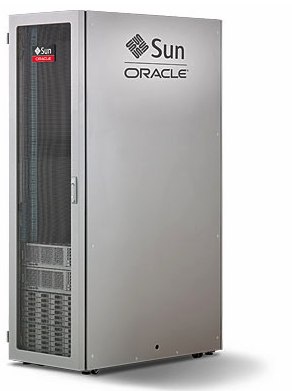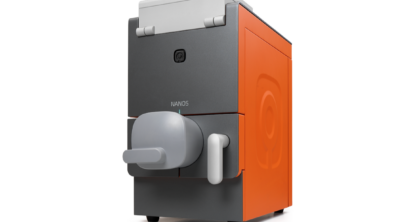The Old and the New

In a previous article I wrote about how some aspects of our current ideas about the cloud are actually (in part anyway) resurrections of much older IT methods. It turns out that modern computing is borrowing other concepts from the 1960s and ‘70s. A recent Forbes article claims that a scientific study of 36,000 customer ratings of tech vendors over four years, provide hard proof of the benefits of a computer design philosophy espoused by Oracle CEO Larry Ellison. In specific, systems where hardware, software, and services are bundled into a single package delivered by a single vendor rather than sold as various layers that the buyer integrates on their own, the customer is happier with the end result.
Ideas change over time. In the 1970s, companies like Computervision delivered turn-key CAD systems, where they would install a computer system, usually including a central processor and multiple terminals, software to run on the system, and training and maintenance services. A series of changes from mini-computers to Unix workstations culminated in the PC revolution that changed the technical computing world forever. Or at least until those ideas swing back into vogue again.
Additionally, the mantra in the ‘90s was “Best In Class”. Hardware vendors and software vendors were specializing, and new startups were not crossing into the other territory. The dawn of the technical PC meant that software developers could focus on coding, and didn’t have to get involved with the hardware design, which was increasingly low-margin business. So you could buy the CAD software that best suited your needs, and the best FEA, and the best PDM, and so on. Inevitably, this started to consolidate, so that today we have PLM, which describes the entire suite of software offerings that a vendor creates related to product development.
Today we’re in the middle of another computing revolution, where the Personal Computer is giving way to the mobile device, whether phone or tablet. These devices have enough horsepower to replace almost anything an in-home PC used to do, but cannot yet replace technical business computers responsible for CAD and other complex requirements. We’ve been spoiled up until now. We’ve been able to get very high powered computers relatively inexpensively. But with the desktop/tower market falling because home users are buying mobile devices instead of desktop/tower/laptops, these machines will soon start to climb again in price, particularly the most powerful of them. Eventually, we are going to see the split come back between personal computing devices and professional computing devices. And when that happens, I’m guessing that software vendors are going to start buying hardware vendors again, and we will see the renewal of the turn-key PLM system where hardware and software is purchased from the same vendor.
On the other side of things, we have large monitors, which are a big requirement for CAD. Monitors and televisions have enough in common to keep the price of increasingly large monitors low.
This combination of things, where the compute power is going to become more expensive and the interface will remain relatively inexpensive is part of what is driving interest in pushing professional compute requirements to centralize (the cloud).
The Forbes article mentions the 2010 purchase of Sun Microsystems by Oracle, which has opened the door to SPARC-based high performance engineered systems optimized for storing data and running database operations. The article also talks about Google and Apple mobile devices and the varying degree of integration between them. Based on the surging popularity of the Google model, which still keeps the development of hardware and software separate, and the relative lack of success of the Google Motorola purchase, I would say the momentum of integration will be slower than if the 100% integrated approach of Apple had won out. Larry Ellison credits Steve Jobs with pushing the integrated system for consumers, and Oracle pushed the philosophy more in the business to business direction.
Forbes: “Ellison credited his friend Steve Jobs, the CEO of Apple at the time, with being out in front on this design philosophy: “He’s believed for a very long time that if you engineer the hardware and the software to work together, the overall user experience of the product is better than if you just do a part of the solution.”



Comments